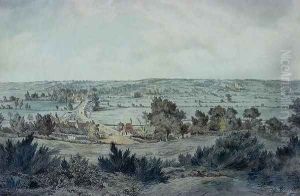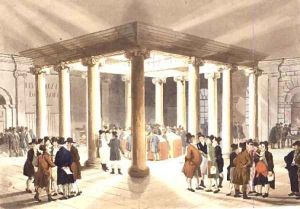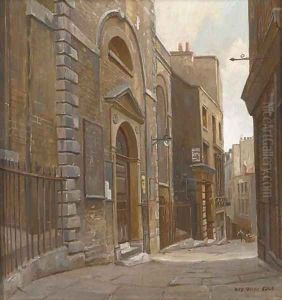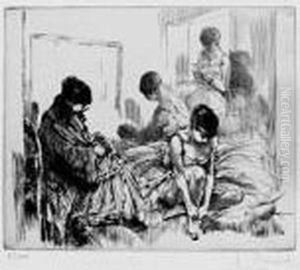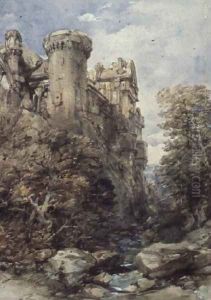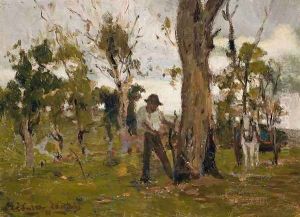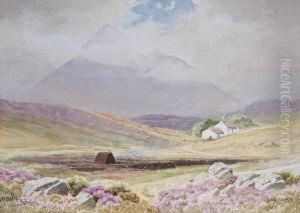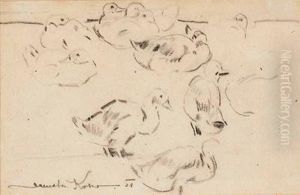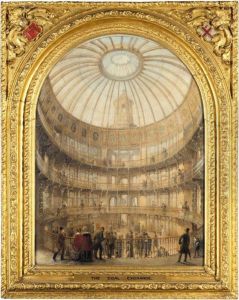





The New Coal Exchange, St Mary-at-hill, Lower Thames Street, London
-
About Reproduction
Discover the allure of art with our faithful reproduction of "The New Coal Exchange, St Mary-at-hill, Lower Thames Street, London", originally brought to life by the talented James Bunstone Bunning. Unlike posters or prints, our hand-painted oil painting breathes an unique sense of depth and texture into your space. Every detail, every stroke, and every texture is meticulously recreated, paying the perfect homage to James Bunstone Bunning and his artistic vision.
Owning this piece is more than just decoration - it's a statement of your refined taste in art. Let the vibrant colors and intricate details of this replica serve as a daily reminder of the beauty in our world. Elevate your decor and appreciate the richness of art with our replica of this masterpiece.
-
Painting Description
The New Coal Exchange, located at St Mary-at-Hill, Lower Thames Street, London, is an architectural landmark designed by the notable British architect James Bunstone Bunning. Completed in 1849, this building was commissioned to replace the original Coal Exchange, which had become inadequate for the burgeoning coal trade of the 19th century. Bunning, who was the City of London’s architect and surveyor, brought his expertise to bear on creating a structure that was both functional and aesthetically impressive.
The New Coal Exchange was designed in the Italianate style, which was popular during the Victorian era. This style is characterized by its use of classical elements such as columns, pilasters, and arches, combined with a sense of grandeur and ornamentation. The building's façade featured a series of arched windows and decorative stonework, which contributed to its imposing presence on Lower Thames Street.
One of the most remarkable features of the New Coal Exchange was its interior. The main hall was a vast, open space covered by a large glass dome, which allowed natural light to flood the interior. This design not only created a visually stunning environment but also facilitated the daily operations of the coal merchants who used the space. The hall was surrounded by galleries, providing additional space for offices and meeting rooms.
The New Coal Exchange played a crucial role in the coal trade, which was a vital industry for London and the broader United Kingdom during the 19th century. It served as a central hub where coal merchants could conduct business, negotiate prices, and manage the distribution of coal throughout the city and beyond.
Despite its significance, the New Coal Exchange was demolished in 1962 to make way for modern developments. Its loss is often lamented by historians and architectural enthusiasts who recognize the building as a fine example of Victorian architecture and a testament to the industrial heritage of London. Today, the site where the New Coal Exchange once stood is a reminder of the city's ever-evolving landscape and the continuous interplay between preservation and progress.
-
Lead Time & Shipping
When you order this oil painting replica, it typically takes 2-3 weeks to paint. If the artwork is more complex, it might need a little more time to ensure the best quality. Once it's ready, we'll send you a photo for your approval. After you give the green light, we'll ship it to you for free.
-
Return & Refund
We believe in the quality of our hand-painted oil painting reproductions, and your satisfaction is our priority. If for any reason, you are not completely satisfied with your purchase, we offer a 45-day return policy. You can return your artwork within 45 days of receipt and receive a full refund. Please note that the artwork must be returned in the original packaging and in the same condition as it was received.





